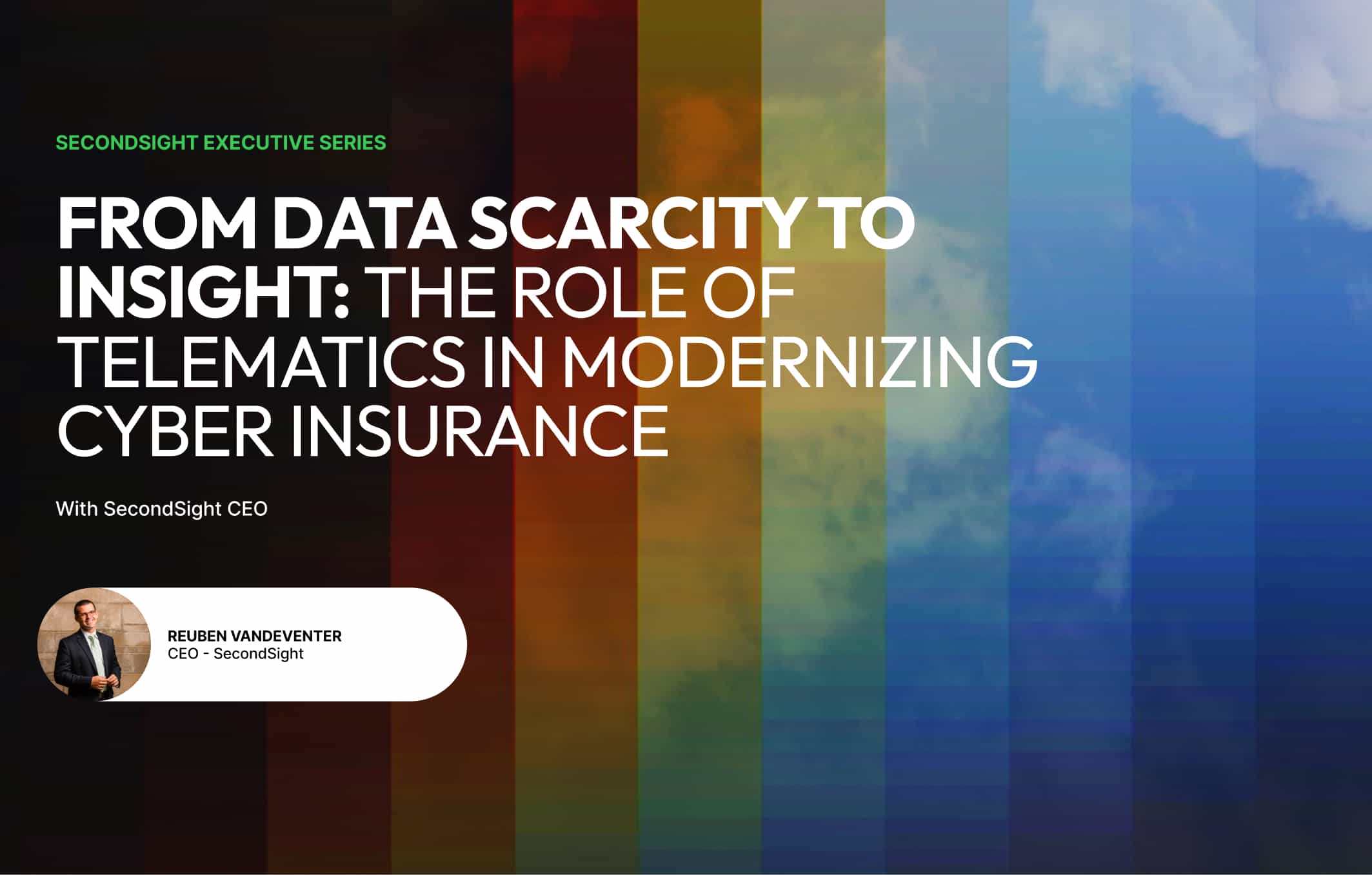In the evolving landscape of cyber insurance, the industry faces a pivotal challenge that is both a risk and an opportunity: the current state of underwriting practices. As someone deeply embedded in this sector, I’ve observed firsthand how traditional methods of assessing cyber risk are increasingly misaligned with the realities of digital threats. The crux of the problem lies in the inadequacy of data collection and analysis, a situation that threatens the sustainability of cyber insurance as we know it.
The issue at heart is the underwriting process, which, in its current form, fails to capture the breadth and depth of information necessary for accurate risk assessment in the cyber domain. Unlike other insurance lines where traditional modeling techniques suffice, cyber insurance requires a nuanced understanding of constantly evolving digital threats. The challenge is further compounded by the fact that brokers, the critical link between clients and carriers, often lack the technical acumen to collect and interpret the sophisticated data needed.
Recognizing this gap, I advocate for a transformative approach to how we gather and process information in the cyber insurance market. The solution lies in adopting a telematic system that leverages artificial intelligence (AI) to continuously monitor and analyze cyber risks at the client level. This not only alleviates the technical burden from brokers but also enriches the pool of data available to carriers, enabling them to develop more precise and dynamic risk models.
For carriers, the benefits of this approach are clear. By harnessing a more comprehensive dataset, underwriting can transition from guesswork to precision, leading to sustainable profits and ensuring the long-term viability of the cyber insurance market. This is not just about survival but about thriving in an era where digital threats are an ever-present reality for businesses.
Brokers, too, stand to gain significantly from this shift. Armed with advanced analytics and insights, they can elevate their role from intermediaries to indispensable risk consultants, providing value that transcends the mere facilitation of insurance policies. This evolution is critical in an environment where understanding and mitigating digital risk is paramount for companies.
For the end companies—the clients at the center of this ecosystem—the advantages extend beyond improved insurance coverage. The real value lies in the holistic management of cyber risks. The proposed telematic and Applied AI system does not merely offer protection after the fact but actively helps companies identify and address vulnerabilities, enhancing their digital resilience.
As we stand on the brink of this transformation, it’s important to acknowledge the hurdles ahead. Implementing such a system requires overcoming significant technical challenges, including the development of autonomous systems capable of operating at various levels of the value chain. Yet, the potential rewards justify the effort. By redefining the underwriting process, we can ensure that cyber insurance remains a viable and vital tool in the digital age, protecting businesses and fostering innovation.
As we navigate these changes, the roles of carriers, brokers, and technology partners become increasingly interconnected. The path forward demands collaboration, innovation, and a commitment to reimagining the foundations of cyber risk assessment. Together, we can build a cyber insurance market that is not only sustainable but also adaptive, ready to meet the challenges of the digital future head-on.
Author: Reuben Vandeventer, CEO of SecondSight
Connect with me on LinkedIn



